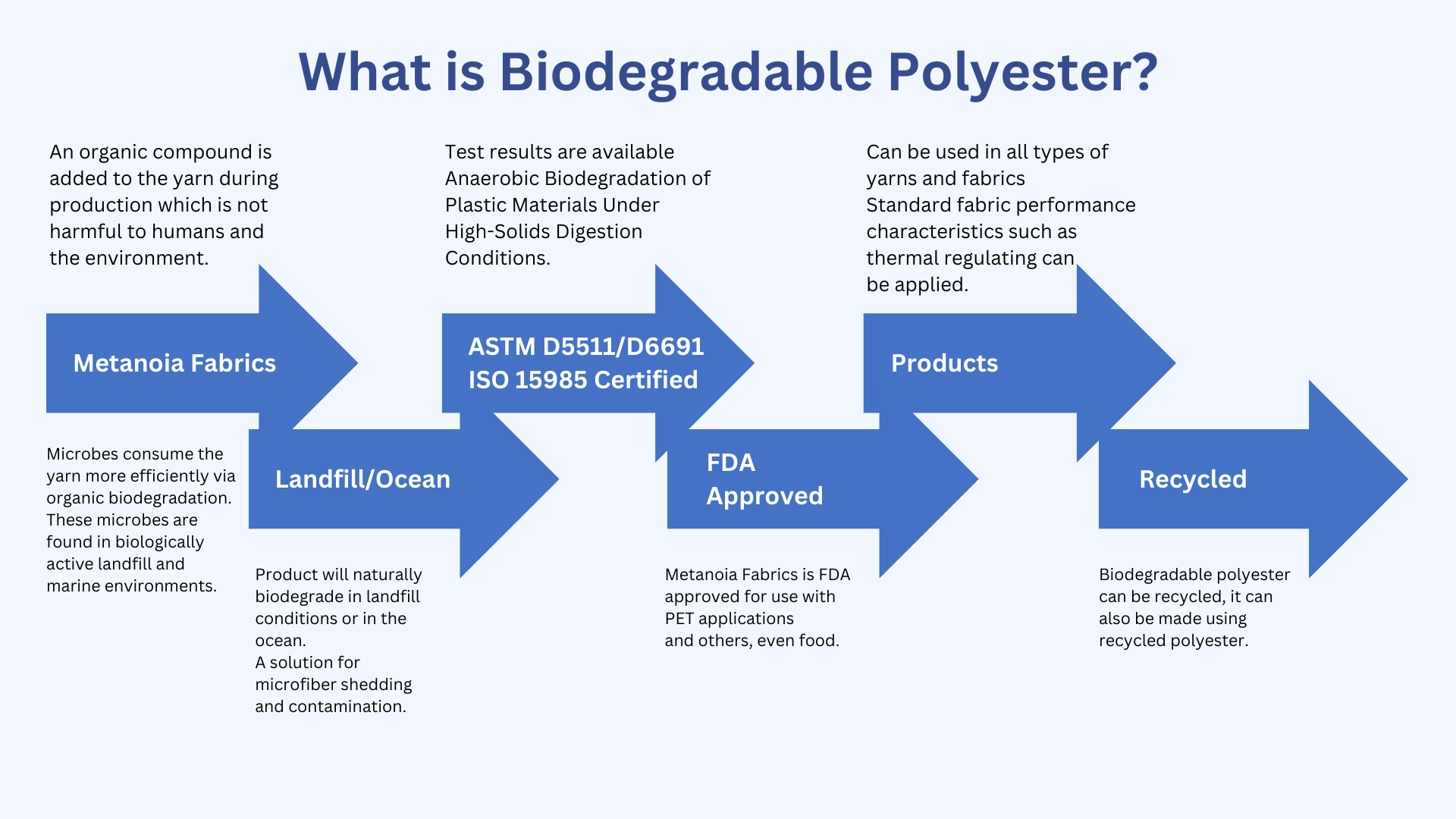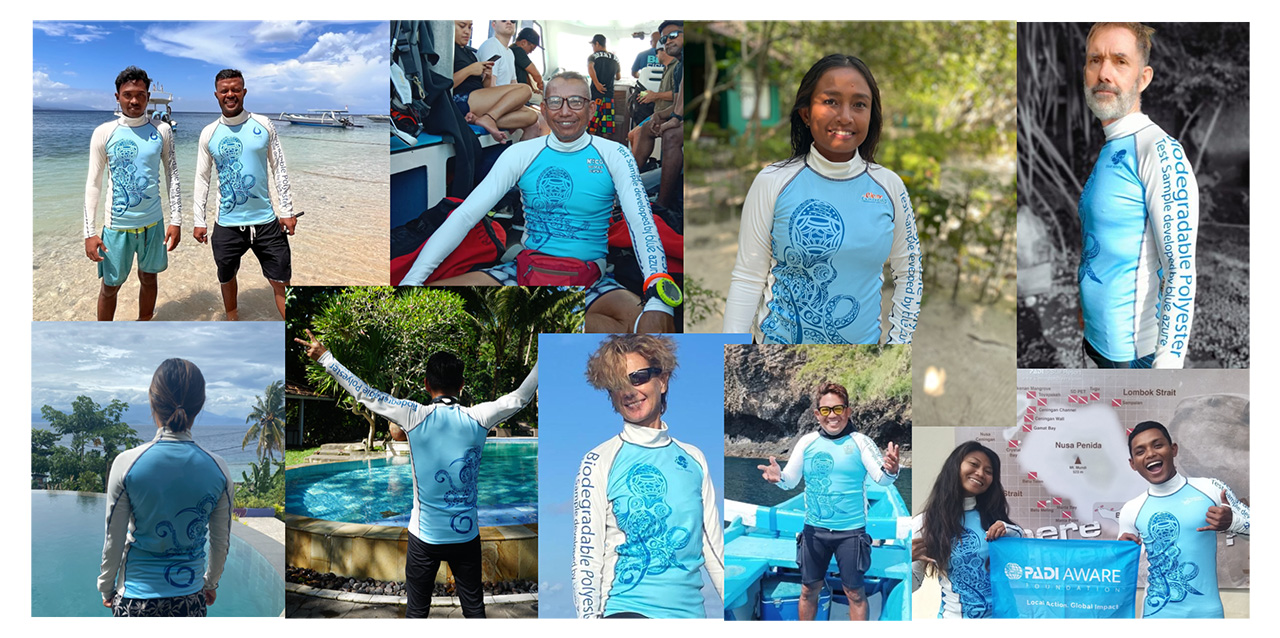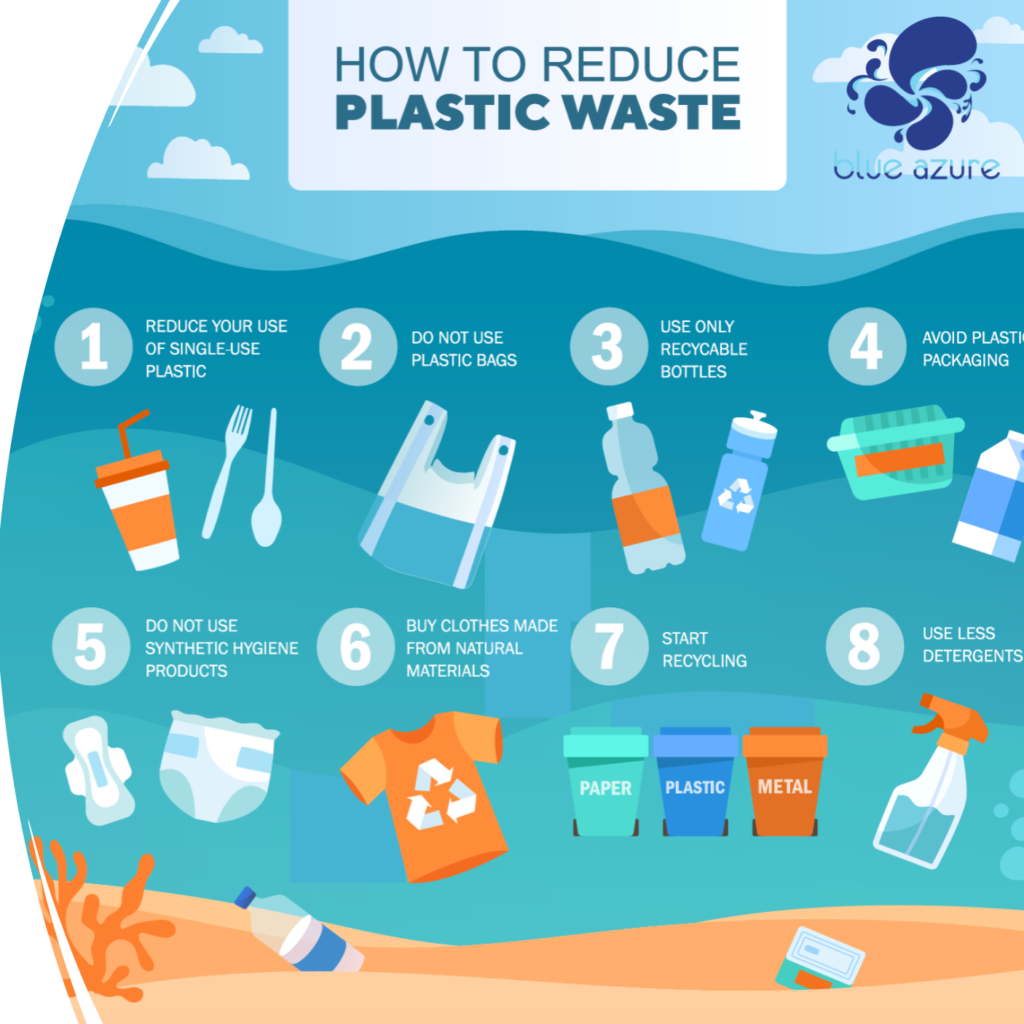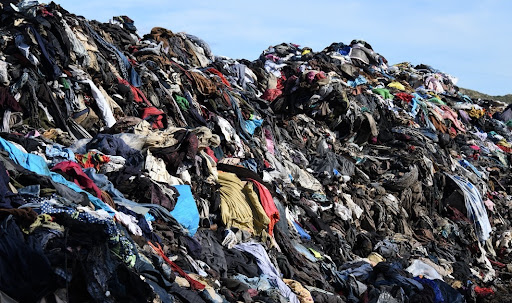METANOIA FABRICS
(to have a change of heart)
A range of fabrics made from biodegradable polyester
A step in the right direction for our planet
Positive progress for the ocean
Made in Indonesia
Welcome to The Blue Azure Metanoia Fabrics, our brand name for our biodegradable fabric solutions. We use technology from USA and our product is tested and verified in the USA at Eden Research Laboratory. Biodegradation happens naturally in a landfill or in marine conditions.
Biodegradation
Polyester which breaks down naturally in landfill or marine conditions
It does not require any industrial conditions to break down
Approximately 95% biodegradation
Biodegradation is a natural process that occurs when organic materials are broken down by micro-organisms, such as bacteria and fungi. It is an important process that helps to maintain the balance of ecosystems by recycling nutrients and breaking down waste materials. In this article, we will discuss what biodegradation is and how it works.

This is the impact of biodegradable polyester: from centuries to just a few years to biodegrade in a landfill or in marine conditions, and this also applies to micro-plastics.

Rate of degradation is based on ASTM D5511 test results
Biodegradation Certification
ASTM D5511 Landfill Biodegradation Test Method
Standard Test Method for Determining Anaerobic Biodegradation of Plastic Materials Under High-Solids Anaerobic-Digestion Conditions Considering Gas Evolution
Tested at the Eden Research Laboratory, USA
Our polyester is certified biodegradable based on this test method
Biodegradation of Metanoia Fabrics
WASH & WEAR
Normal Durability
The durability of biodegradable polyester during wash & wear is the same as regular polyester.
AFTER USE
Landfill and Marine Conditions
On average the biodegradable polyester will start degradation only after a minimum of 60 continuous days in a landfill and marine conditions.
For biodegradation to start the polyester must be subjected to continuous moisture PLUS micro-organisms. Without these it will not biodegrade. These are typically found in landfills and marine conditions.
It behaves just like regular polyester UNTIL it’s in a landfill, where it starts to eat itself
Product Wear & Testing
Testing is key to validate the performance of all fabrics and products before they go to market. We are currently testing various stages and samples for product durability and our first round of samples have been used for over 200 hours already. The technology from the US is being tested here in Indonesia by our clients who already love our products, but like us, are looking for a more sustainable and responsible solution.
- 20 pieces in test phase now with customers
- Detailed diary of use
- Detailed form to be filled in by tester
- After a month products are returned for analysis
- Products are returned to tester for long term performance assessment
Meet Some of our Product Testers
We want to thank all of our product testing customers for taking part in this Product Wear Test.

We have access to all forms of biodegradable polyester including wetsuit fabric, boardshorts, rashguards, and sportswear; and we are dedicated to converting all our polyestor to being biodegradable within 12 months.
What can you do?
- Be mindful when making your next apparel purchase
- Be wary of green washing
- We need millions of people reducing single use plastic ‘imperfectly’ rather than a few doing it perfectly
- Progress is perfection
Metanoia Fabrics are the future in production and sustainable solutions, protecting our marine life from ocean plastics and reducing the volume of textile waste in landfill and the marine environment.

Landfill

How many of you are wearing something which is man made
your shoes, your sportswear, your t-shirt, your flip flops….
These items break down into microplastics and take centuries to biodegrade.
- 85% of textiles end up in a landfill or being burned
- Many products are too degraded to be recycled or re-used
- Typically recycling reduces the Tensile Strength by 20-25%
- Many textiles cannot be recycled as they are blended with other fibers
- Approximately 65% of textiles are made from polyester
What are Ocean Microplastics?
BCD, wetsuits, rash guards and in fact all sportswear contribute to this…
We need to apologise upfront and make you aware of the fact that these figures are already out of date: every minute, every hour, every day, these numbers increase at a rate that is alarming.

Ocean microplastics are small pieces of plastic that measure less than five millimeters in diameter. They come from a variety of sources, including plastic bags, packaging, single-use plastic products like straws and utensils, and man-made fabrics such as polyester and nylon. When these items are discarded, they often end up in the ocean, where they break down into smaller and smaller pieces over time.
To be a part of the change in reducing microplastics in our oceans and reducing the volume of textile garbage in landfills, click here to contact us and become part of the Metanoia Fabric change for a #betterworld.

